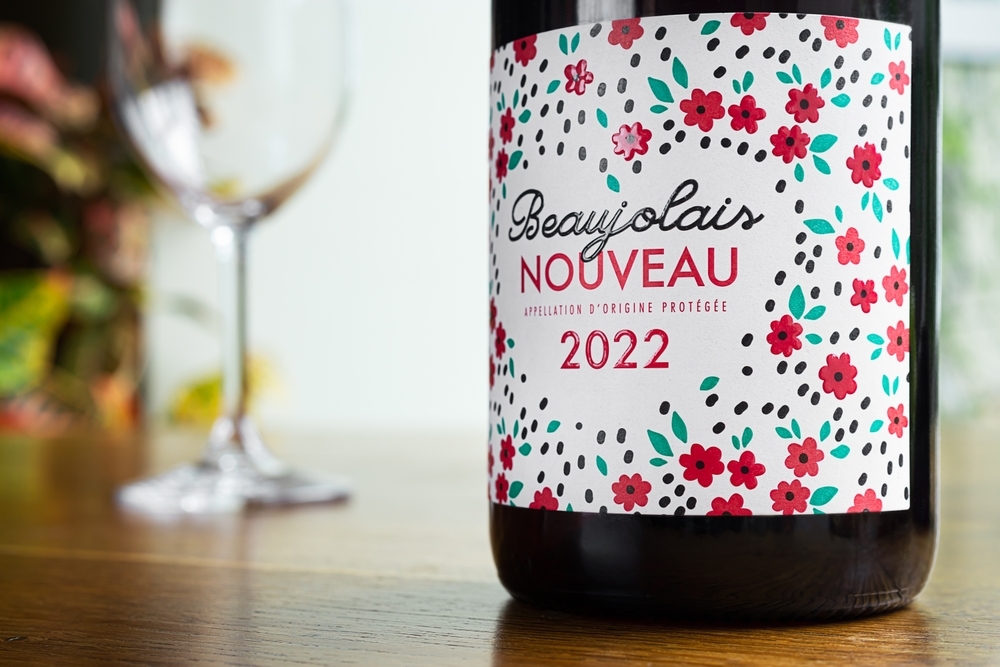Mystique of Vin Santo Wine: Sipping The Tuscan Heritage

Tuscany, with its undulating landscapes, storied history, and culinary excellence, is home to one of Italy's most cherished treasures: Vin Santo wine. This liquid gold, steeped in tradition and heritage, holds a revered place in the hearts of wine lovers worldwide. Lets uncover the secrets behind Vin Santo wine, grape varieties, production process, and its top varieties.
Origins and Significance
Vin Santo, translated as "holy wine," is imbued with a rich history and tradition dating back centuries. Its roots intertwine with the picturesque hills of Tuscany, where winemakers have meticulously crafted this unique elixir with devotion and reverence. Legend has it that Vin Santo was initially crafted by monks in medieval monasteries, who utilized it for religious ceremonies and communion, hence its name "holy wine."
Grape Varieties
Trebbiano
Renowned for its high acidity and capacity to retain sweetness, Trebbiano is a cornerstone in many Vin Santo blends, lending vibrancy and structure.
Malvasia
This aromatic grape variety infuses Vin Santo with floral and fruity notes, adding layers of complexity and depth to the wine.
Sangiovese
As Tuscany's signature grape, Sangiovese imparts Vin Santo with backbone and character, balancing its sweetness with a touch of acidity.
Must Read: The Art of Wine Storage: How To Preserve Flavor and Quality
Production Process

Grape Selection
Winemakers meticulously handpick grapes, often opting for late-harvest varieties to ensure optimal sugar concentration and flavor intensity.
Drying
Harvested grapes are carefully arranged on straw mats or hung in well-ventilated chambers to desiccate for several months, a process known as appassimento. This prolonged drying period concentrates sugars and flavors, imparting richness and complexity to the wine.
Pressing
Once sufficiently dried, the grapes undergo a gentle pressing to extract their luscious juice, teeming with concentrated flavors.
Fermentation
The grape must undergo a slow fermentation process in small oak barrels or traditional terracotta vessels, often spanning several years. This gradual fermentation allows the wine to develop its signature aromas and flavors, imbuing it with depth and character.
Aging
Vin Santo is aged in small barrels called cavatelli, typically for a minimum of three years but often much longer. The wine undergoes oxidative aging and develops distinctive nutty, caramelized notes.
Blending and Bottling
Different vintages and grape varieties may be blended to achieve the desired balance and complexity following aging. The wine is then meticulously bottled and labeled, ready to be savored and celebrated.
Food Pairings with Vin Santo wine

Cantucci
The classic pairing of Vin Santo with almond biscotti, known as cantucci, creates a symphony of flavors, with the biscotti's crunch and nuttiness beautifully complementing the wine's sweetness and complexity.
Pecorino Cheese
The sharp, salty tang of Pecorino cheese serves as a perfect foil to Vin Santo's richness, creating a harmonious balance of flavors and textures.
Foie Gras
Indulge in the decadent pairing of Vin Santo with foie gras, where the wine's luscious texture and caramelized notes harmonize exquisitely with the richness of the foie gras, creating an unforgettable sensory experience.
Fresh Fruit
Enjoy Vin Santo alongside a platter of fresh, ripe fruit such as figs, apricots, and peaches, where the wine's honeyed sweetness and fruity nuances complement the vibrant flavors of the fruit, resulting in a refreshing and indulgent dessert.
Chocolate
Indulge your senses with the luxurious combination of dark chocolate and Vin Santo, where the wine's caramelized notes and velvety texture enhance the chocolate's richness, creating a sublime finale to any meal.
Check This Out: Wine Pairing with Chocolate: A Match Made in Heaven
Top Types of Vin Santo Wines
Vin Santo del Chianti Classico
Crafted in the heart of Tuscany's Chianti region, this Vin Santo exudes elegance, with pronounced notes of dried fruits, honey, and toasted nuts, underscored by a vibrant acidity that lends balance and structure.
Vin Santo di Montepulciano
This wine captivates the historic town of Montepulciano with its luminous amber hue and complex aromas of apricot, almond, and orange peel, leading to a palate of exquisite sweetness and a lingering finish.
Vin Santo di Carmignano
Hailing from the prestigious Carmignano region, this Vin Santo entices with its harmonious interplay of sweetness and acidity, revealing layers of candied citrus, dried figs, and caramelized nuts, culminating in a velvety, lingering finale.
Vin Santo di Montalcino
Born in the renowned wine region of Montalcino, this Vin Santo showcases a kaleidoscope of flavors, from sun-drenched figs and dates to toffee and toasted hazelnuts, enveloped in a silky texture and framed by a seamless acidity.
Vin Santo di Bolgheri
Emerging from the coastal Bolgheri region, this Vin Santo enchants with its tropical fruit aromas, evoking images of sun-kissed beaches and sea breezes, while its vibrant acidity and honeyed sweetness create a captivating sensory journey.
Vin Santo Wine Alternatives
Pedro Ximenez Sherry
Originating from Spain, Pedro Ximnez Sherry boasts intense sweetness, with flavors of dried fruits, caramel, and toffee, reminiscent of Vin Santo's opulence and complexity.
Sauternes
Hailing from Bordeaux, Sauternes is a lusciously sweet wine with aromas of honey, apricot, and botrytis, offering a luxurious alternative to Vin Santo's rich and velvety profile.
Tokaji Aszu
From Hungary's Tokaj region, Tokaji Asz dazzles with its abundant sweetness and flavors of apricot, honey, and orange peel, echoing the complexity and depth of Vin Santo.
Learn More: Exploring the Elegance of Tokaji Wine: A Hungarian Treasure
Muscat de Beaumes-de-Venise
Produced in France's Rhne Valley, Muscat de Beaumes-de-Venise enchants with its floral aromas, vibrant acidity, and luscious sweetness, providing a delightful alternative to Vin Santo's hedonistic pleasures.
Late Harvest Riesling
Riesling wines from regions like Germany or the Finger Lakes in New York offer a compelling blend of sweetness and acidity, along with complex fruit flavors, akin to the sensory journey offered by Vin Santo.
Also Read: Sweet and Dessert Wines: Explore Everything In Sweetness
Conclusion
Vin Santo wine of Tuscan tradition and craftsmanship, captivating wine enthusiasts with its storied history, complex flavors, and timeless allure. Whether enjoyed on its own or paired with decadent desserts and artisanal cheeses, Vin Santo continues to enchant palates and evoke the essence of Italy's illustrious winemaking heritage. Raise a glass to the golden nectar that is Vin Santo, the enduring legacy of Tuscan viticulture and the artistry of its vintners. Cheers!
FAQs
Why is Vin Santo so expensive?
Vin Santo's elevated price point can be attributed to its labor-intensive production process, including grape drying, long aging periods, and meticulous craftsmanship. Limited production and high demand further contribute to its premium status in the wine market.
What does Vin Santo taste like?
Vin Santo wines are renowned for their rich and complex flavor profile, boasting notes of dried fruits, nuts, honey, caramel, and spices. They typically exhibit a luscious texture and a lingering finish, captivating the palate with their luxury and depth.
Is Vin Santo sweet or dry?
Vin Santo wines are predominantly sweet, though the level of sweetness can vary depending on factors such as grape variety and winemaking techniques. However, some Vin Santo wines may exhibit a drier style with higher acidity, offering a balanced and nuanced tasting experience.
What is the equivalent of Vin Santo wine?
Vin Santo wine can be replaced with similar sweet wines like Pedro Ximnez from Spain, or Muscat de Beaumes-de-Venise from France. These wines share similar characteristics of richness, sweetness, and complexity, making them suitable alternatives for pairing with desserts or enjoying on their own.
This content was created by AI
No keywords available
-1717753922-r.jpg)


